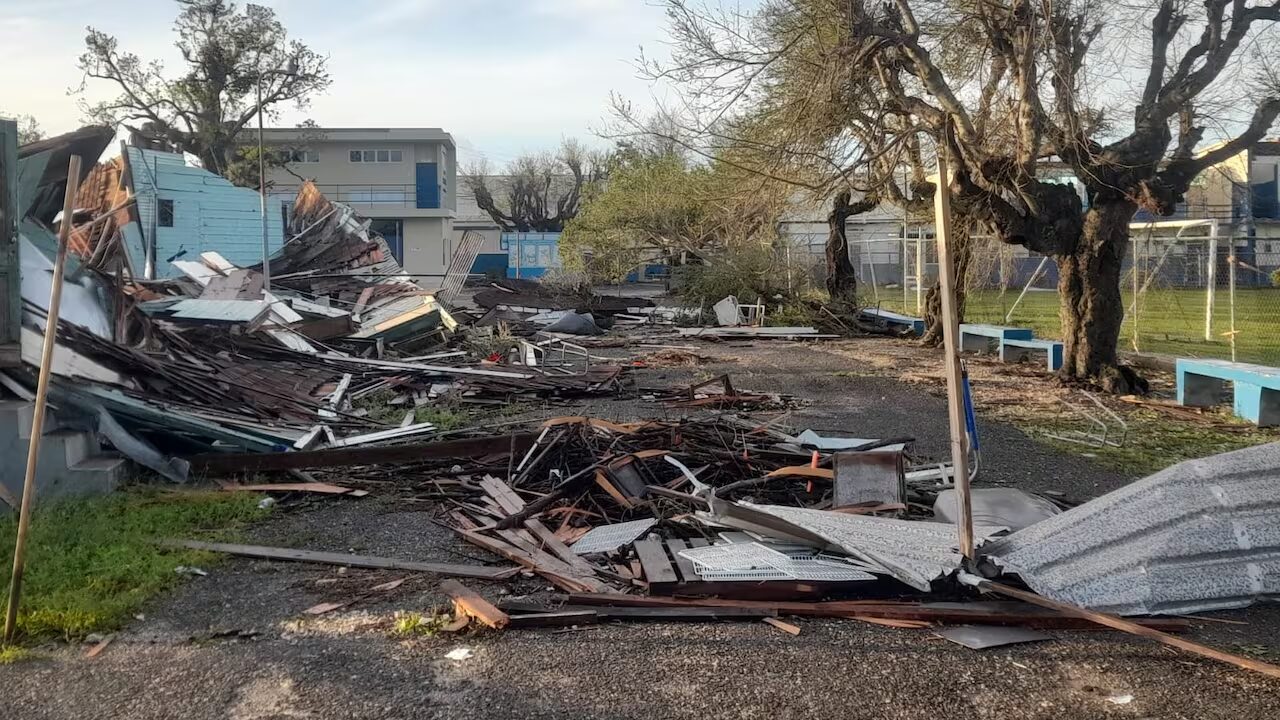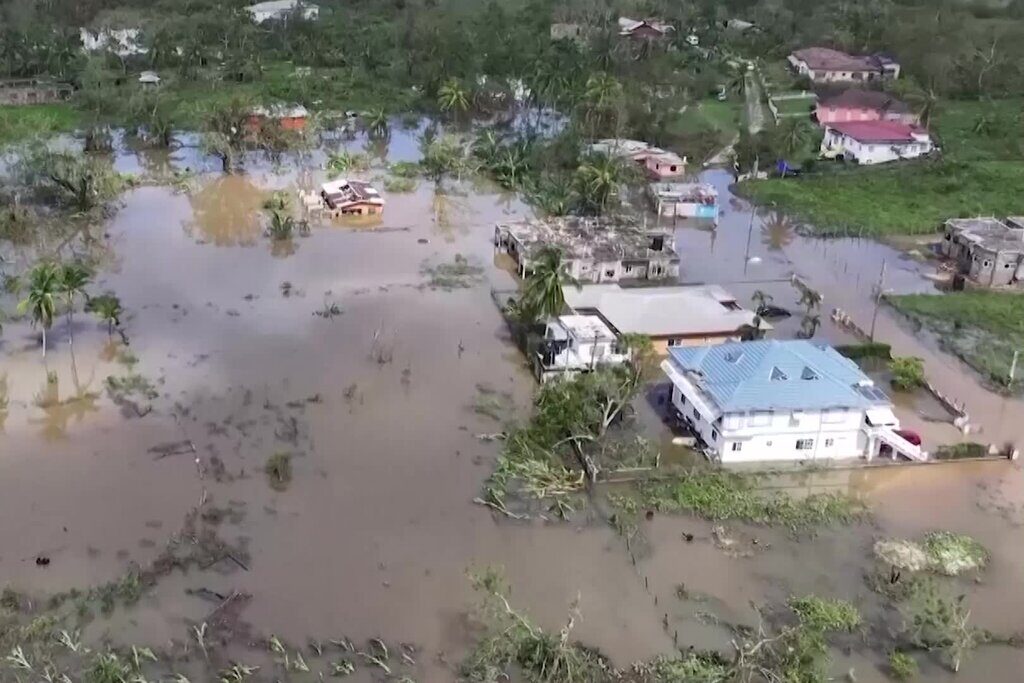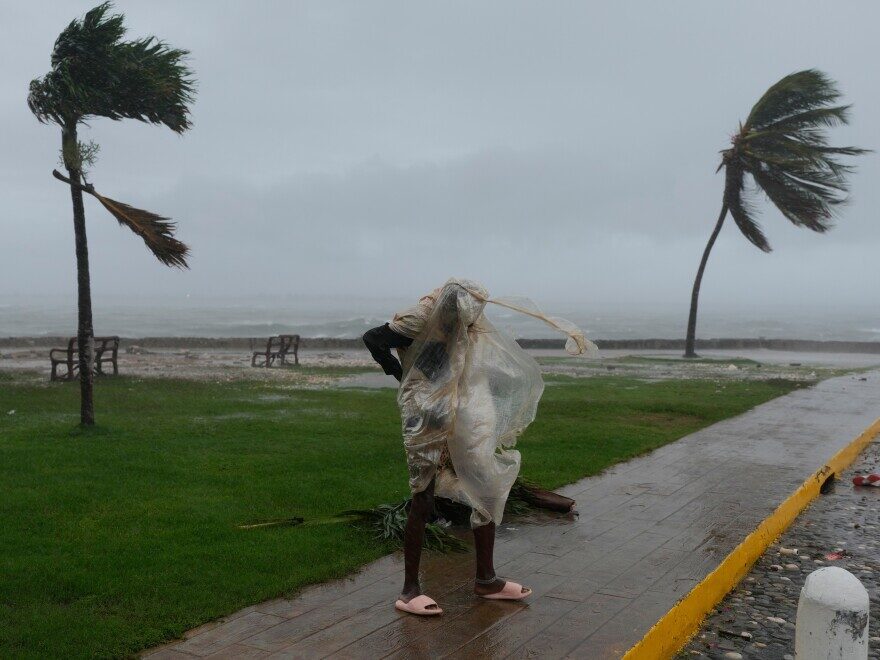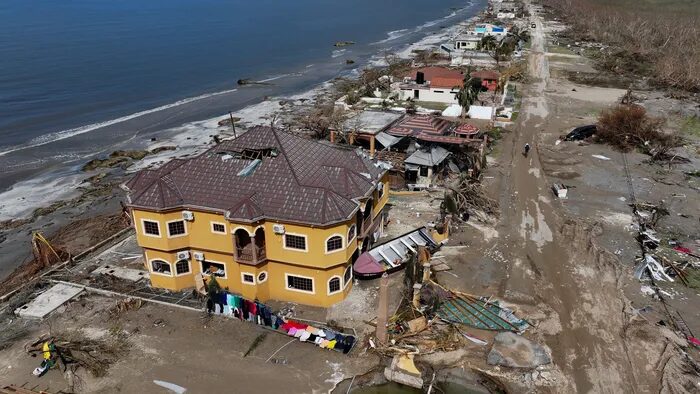Hurricane Melissa: Jamaica Faces Its Strongest Storm in Modern History
Kingston, Jamaica — October 30, 2025:
Jamaica is reeling after the catastrophic passage of Hurricane Melissa, a Category 5 monster that slammed into the island on Tuesday, October 28, leaving behind a trail of destruction not seen in generations. With winds peaking near 185 mph (295 km/h), torrential rain, and storm surges swallowing coastal communities, Melissa has been described by meteorologists as “the most powerful hurricane ever to make direct landfall on Jamaica.”

The system that became Hurricane Melissa developed quickly in the western Caribbean Sea after forming as a tropical wave off the coast of Africa. Within days, it strengthened from a tropical storm into a catastrophic hurricane.
By Sunday, October 26, the National Hurricane Center (NHC) and the Meteorological Service of Jamaica warned that the storm posed an “imminent threat” to the island’s southern and western parishes.
Prime Minister Andrew Holness urged citizens to evacuate vulnerable areas, stressing that “no infrastructure can withstand a Category 5 system.” Over 800 emergency shelters were opened across the island, and the Jamaica Defence Force (JDF) and Office of Disaster Preparedness and Emergency Management (ODPEM) were placed on full alert.
Melissa made landfall early Tuesday morning near New Hope in the parish of Westmoreland, packing sustained winds of 185 mph and a central pressure near 892 millibars — levels typically associated with only the most violent hurricanes on record.
Entire communities in St Elizabeth and Westmoreland were submerged, with rainfall exceeding 30 inches (760 mm) in some areas.
The Troy Bridge, Black River, and Santa Cruz corridors were cut off due to flooding and landslides.
Hundreds of homes were flattened, schools and hospitals suffered roof damage, and communication lines went dark across large sections of the island.
The Jamaica Public Service Company reported that over 500,000 customers lost power, and several parishes were without electricity for more than 24 hours.

In Kingston and St Andrew, the capital was pounded by hours of intense wind and rain, uprooting trees, tearing down billboards, and snapping power lines. In Portmore, water surged through low-lying communities, while the Norman Manley International Airport was temporarily closed due to severe flooding.
As of Thursday, at least 30 people have been confirmed dead, though officials fear the true number may be higher once access is restored to cut-off communities. Dozens are still missing.
Many of the victims were reportedly swept away by floodwaters or trapped when buildings collapsed. Families have been displaced in every parish, with thousands now housed in emergency shelters operated by the Red Cross and the Salvation Army.
The storm has also dealt a crushing blow to Jamaica’s economy:
The tourism sector, a vital lifeline, suffered major damage along the Negril and Montego Bay coastlines, with several hotels and resorts reporting severe structural losses.
Agriculture, particularly banana and sugarcane plantations in St Elizabeth, Manchester, and Clarendon, was decimated by floodwaters and high winds.

The Ministry of Agriculture estimates that initial damages could surpass US $500 million, while total national losses are projected to reach billions once full assessments are complete.
Prime Minister Holness has declared a national state of emergency, pledging that “every resource of the state will be mobilized to rebuild communities, restore livelihoods, and bring relief to the people of Jamaica.”
Humanitarian organizations, including World Central Kitchen, founded by chef José Andrés, have already arrived on the island to assist with food distribution. The United Kingdom and CARICOM have expressed readiness to provide aid, with Member of Parliament Diane Abbott urging Britain to “stand ready to assist Jamaica in every possible way.”
The United Nations Office for the Coordination of Humanitarian Affairs (OCHA) has also deployed assessment teams to support Jamaica’s disaster-response framework.
Meteorologists warn that Hurricane Melissa is not an isolated event but part of a broader pattern of intensifying storms fueled by climate change.
Warm ocean temperatures — recorded at over 30°C (86°F) in the Caribbean Sea — provided the energy that allowed Melissa to strengthen explosively.

The World Meteorological Organization (WMO) described Melissa as “Jamaica’s worst storm this century” and a signal that the Caribbean is entering a new era of climate extremes.
Environmentalists and policymakers alike are calling for stronger investments in resilient infrastructure, improved drainage systems, and renewed international commitments to climate financing for small island developing states (SIDS) like Jamaica.
Rebuilding Jamaica will take months, if not years.
The government has launched an Emergency Reconstruction Fund and is coordinating with the private sector, diaspora organizations, and international partners to restore housing, power, and transportation networks.
Across the island, Jamaicans are showing their characteristic resilience and unity. Volunteers are clearing debris, churches are opening their doors to the displaced, and community kitchens are serving those in need.
Despite the heartbreak, the Jamaican spirit remains unbroken.
As one resident from Sav-la-Mar told Jamaica Live, “We lost everything — but we still have life. And as long as we have life, Jamaica will rise again.”
Hurricane Melissa will go down in history as a defining moment for Jamaica — a test of endurance, leadership, and solidarity.
It has exposed our vulnerabilities, but it has also reminded the world of our strength.
From Black River to Montego Bay, from Kingston to Negril, the message is clear: Jamaica will rebuild — stronger, smarter, and more prepared for the storms to come.
